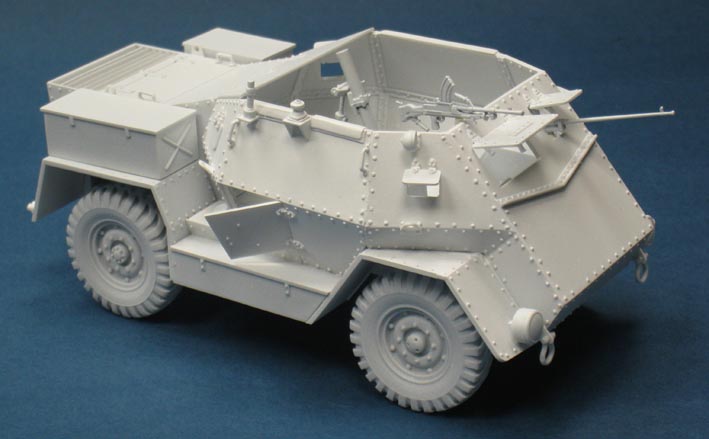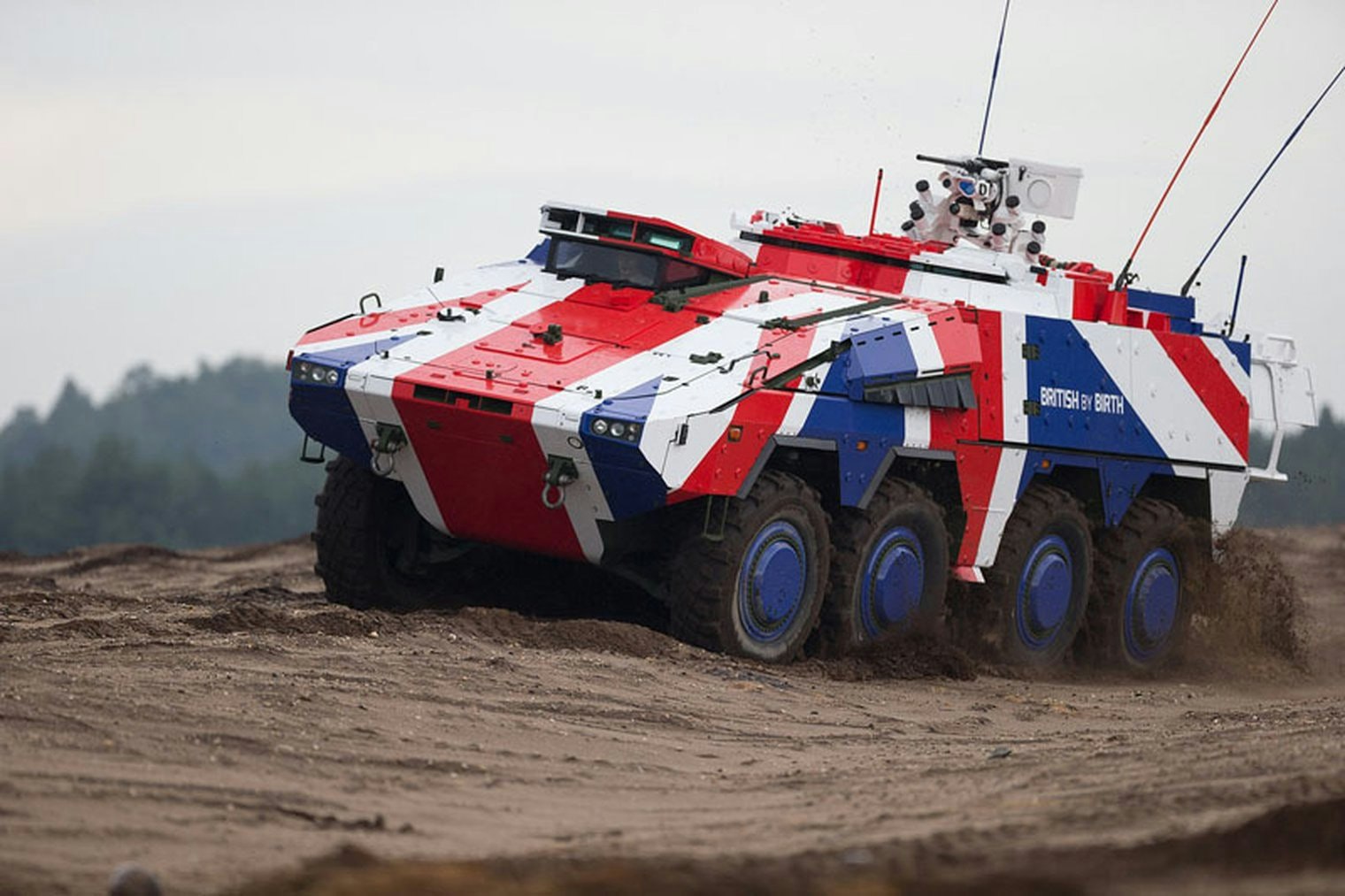Inspired by these two
https://www.alternatehistory.com/fo...n-of-apcs-ifvs-in-or-before-ww2.465647/page-4
https://www.alternatehistory.com/fo...ed-personnel-carriers-in-1940s.466512/page-11
It might tie in with the the thread https://www.alternatehistory.com/forum/threads/bundeswehr-in-1938.468060/
----------------------
What if the British adopted two APCs, one is the Vickers A14 Troop carrier vanguard from @SCOUT 5249 thread and a BTR-152 or BTR-40 style APC.
How would this affect WWII, what about the the half track, and how likely is the BTR-152 and BTR-40 style APCs be adopted?
https://www.alternatehistory.com/fo...n-of-apcs-ifvs-in-or-before-ww2.465647/page-4
https://www.alternatehistory.com/fo...ed-personnel-carriers-in-1940s.466512/page-11
It might tie in with the the thread https://www.alternatehistory.com/forum/threads/bundeswehr-in-1938.468060/
----------------------
What if the British adopted two APCs, one is the Vickers A14 Troop carrier vanguard from @SCOUT 5249 thread and a BTR-152 or BTR-40 style APC.
How would this affect WWII, what about the the half track, and how likely is the BTR-152 and BTR-40 style APCs be adopted?




